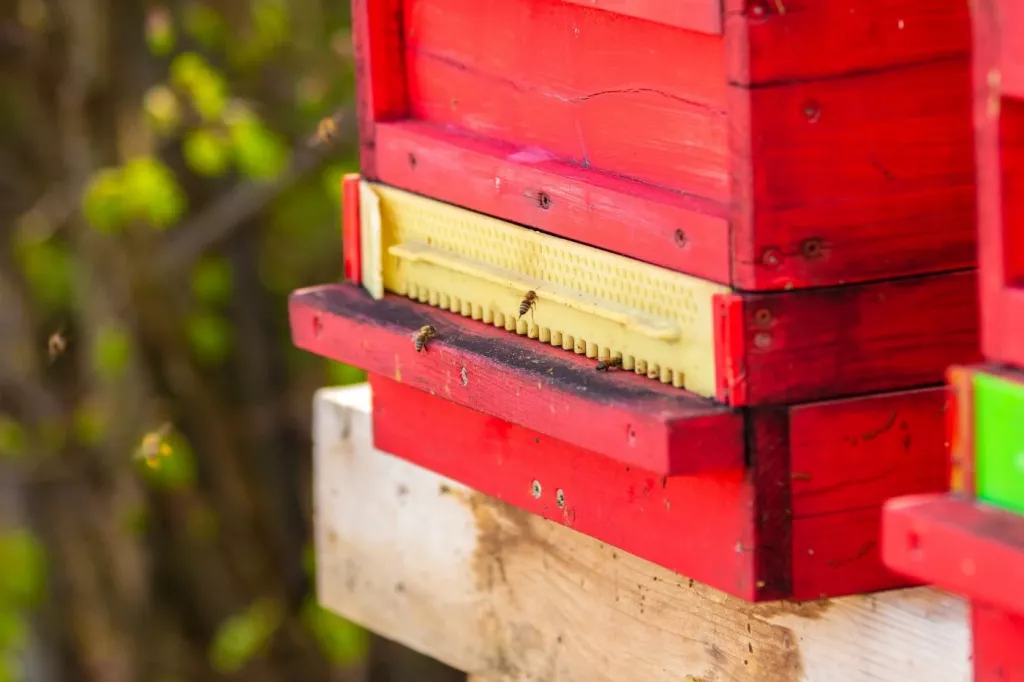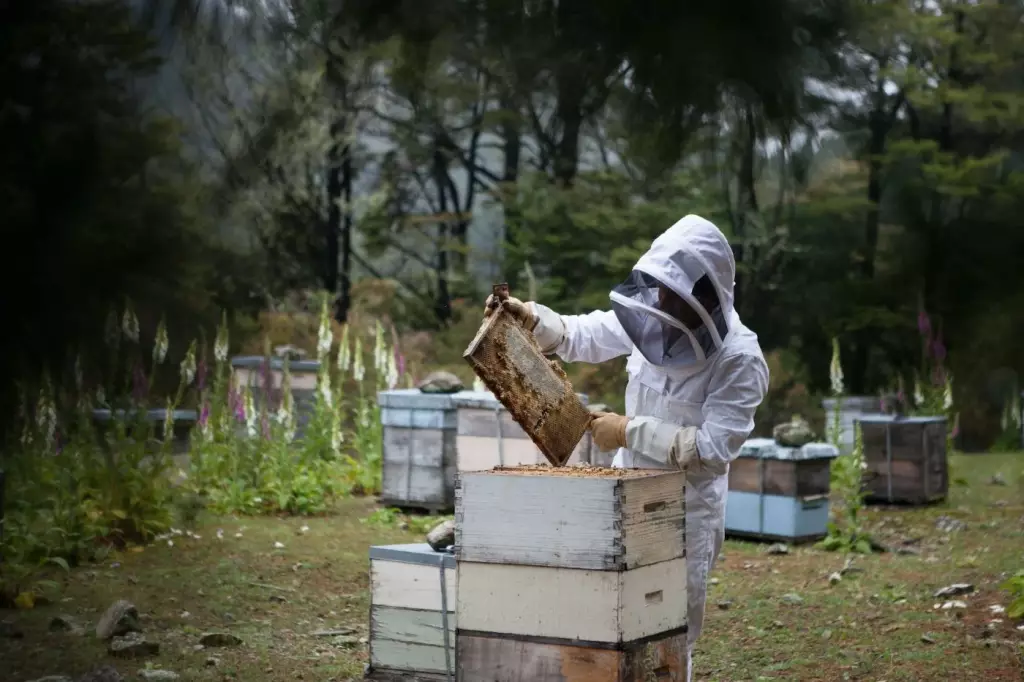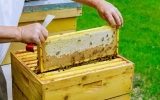Here's How Many Brood Boxes Your Hive Should Have
While beekeeping is a good hobby and can gain you more profit, the details and set-up often discourage beginners. Details, such as how many brood boxes are needed or how many supers should you set up first, are all entangled, which makes it hard for beginners to keep up. Let this article help get you started by letting you know how many brood boxes your hive should have.
The general rule in beekeeping is to use one or two brood boxes, but most modern beekeepers only use single brood boxes. Their preference is based on climate factors, the queen's observed activity, hive condition, and honey harvest schedule.
Knowing whether to go with one or two brood boxes isn't the end of the process. There are pros and cons for both options, as well as several other factors to consider, which we will discuss as you keep reading.
Summary
- The common rule for beginners is to use one or two brood boxes.
- Weighing the pros and cons of using either one or two brood boxes is a must.
- Consider climate factors, the queen's activity, the hive condition, and the harvest schedule when determining the number of brood boxes to use.

On this page:
Your Hive Should Have 1 - 2 Brood Boxes
The rule of thumb in establishing how many brood boxes are needed for your hive to thrive is to use one or two brood boxes. Choosing whether you will start with one or two brood boxes is a difficult choice for beginners in beekeeping, but most beekeepers use a single brood box when starting their beekeeping journey.
A brood box is an individual box in a beehive that contains the queen and her eggs. It is found at the bottom of the beehive set-up and is separated from the supers via the screen. The workers can still see the queen, but the contact between them is reduced. The brood, since it's carrying the queen and the eggs, is therefore considered to be the most essential piece of equipment that ensures the success of a hive.
Based on their experience, some beekeepers can attest that one brood box is enough, while others prefer to run two brood boxes. It is, however, best recommended for beginners to start with just one brood box since it’s a lot easier to manage and monitor. Double-brood boxes can be done, however, if you already have established experience in beekeeping.
As a matter of fact, most professional beekeepers say committing to more than two brood boxes could divide your attention further and put an additional workload on you. If we think we are helping the bees by providing them with a larger space, the answer is no, as it also puts more workload on them since they would need to maintain an extra space.
This is why, according to the professionals, if you aim to have a large hive for better honey production, it is better to split the hive instead of using more than the required number of brood boxes, as this is much easier and more practical to manage.
The Pros and Cons of Using Single and Double Brood Boxes
Now that you've heard from the professionals, it's time to make your own decision. To help you decide, we have rounded up some pros and cons for using either a single or double brood box.
Pros and Cons of One Brood Box
| PROS | CONS |
|---|---|
| Less equipment to buy and use | Space restricted |
| Better monitoring | Less room for feeders |
| Easier to maintain a warm temperature |
Less equipment is needed to set up one brood box. It can also be transferred and lifted with ease in case you need to move it around. A single brood box also allows easy checking of the brood and the queen. Having a single brood box also equates to less space to heat, which means bees can easily sustain a warmer temperature inside.
The problem with this set up however is that since space is restricted, when the queen lays more eggs in spring, no room will be left, and this can stunt the population growth of the colony. Also, when feeding sugar syrup, feeders will take up space in the already limited space of a single brood box. Both scenarios can decrease honey production.
Pros and Cons of Two Brood Boxes
| PROS | CONS |
|---|---|
| More space | More equipment is needed |
| Less checking is needed | Much harder to keep warm during winter |
| Less feeding | At risk for varroa mites |
The colony can grow to its full potential since space is not limited to double brood boxes. Less checking and feeding are needed as there is enough room. However, a double box is heavier and not as movable as single-box broods.
It will also take more effort to keep the brood warm as there's a larger space to warm up. Double brood boxes are also more prone to [varroa mite infestations (https://bootstrapbee.com/management/prevent-varroa-hive-mites), so treatment for such is needed.

Factors To Consider When Choosing the Number of Brood Boxes
Aside from considering the pros and cons of single and double brood boxes, there are also a few other factors to be considered when deciding on the number of brood boxes, such as:
The climate
Climates indicate cues on whether you should add a brood box or lessen the number of your brood boxes. In places near the equator, not many changes will occur to the bees' productivity. But those regions with colder climates will observe a noticeable decline in the bee's productivity. These instances signal that the queen will be busy laying more eggs around spring, so before summer begins, you must add a brood box. When summer is nearing its end, bees' productivity slows down again, and you should now pull out your additional brood box.
The observation of the queen
One good deciding factor as to why many beekeepers prefer a single brood box is because, based on observations, the queen can only keep up with one brood box. It's possible that the added supers are already being outgrown, but this doesn't equate to abruptly adding another brood box. The condition of the queen in the original brood box should be assessed thoroughly. If the queen doesn't seem to be keeping up, an additional brood box might not be needed.
The general condition of the hive
Overseeing the condition of the hive is a good point to consider and base your decision to add brood boxes on. Bees like warm, fuzzy temperatures. Providing them with a lot of space means they will have to work harder to maintain that space. This can lead to slow colony growth and less honey production.
This is the reason why beekeepers prefer starting with one brood box with two or three supers, to assess the capacity of the colony to produce in a limited space. When the observed productivity is high, that is when they add another brood.
Harvesting schedules
Single brood boxes with 3–4 supers easily get filled up with honey during early spring. However, just because they are full does not imply that you should add more brood boxes. You can let the structure remain like that and harvest honey. Now, if in any case, you won't be able to harvest honey during that time, that's when you should add supers and consider adding a brood box too to provide your bees more space.
An important note to remember is that just because you start with single brood boxes doesn't mean you have to keep them that way. You can always check and assess the colony's capability, along with the factors above, to determine when you should add more brood boxes. After all, with all the imparted knowledge from this article, you may now know what to watch out for and start your beekeeping journey.

